7 Steps to an Effective Content Creation Strategy for Marketing Success
Creating effective content can sometimes feel like climbing a mountain without a map. You sit down to write, but the ideas just aren’t flowing. Or worse, you’ve got the ideas, but juggling deadlines and figuring out where to even start? Total chaos.
Here’s the thing: content creation doesn’t have to be that way. Whether you’re crafting blog posts, planning a content marketing strategy, or simply trying to create a piece of content that resonates, all you need is a solid process to follow. That’s where this step-by-step guide comes in. These 7 steps of effective content creation strategy will help you streamline your content creation process, build a powerful content strategy, and produce better content that speaks to your audience.
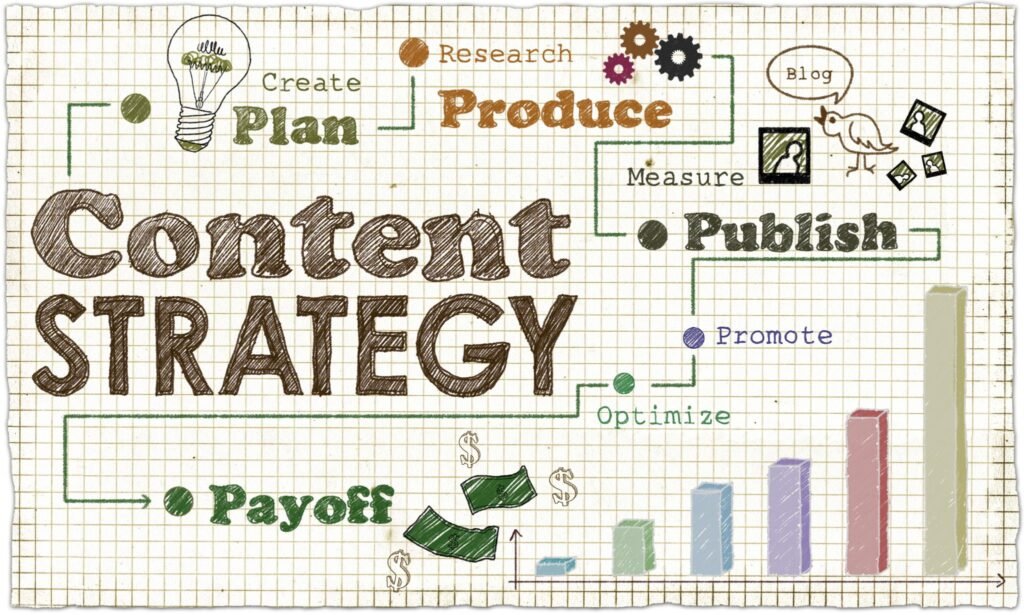
By the end, you’ll know exactly how to tackle your content marketing efforts—from brainstorming ideas to analyzing performance—all while saving yourself time, energy, and stress. Ready to dive in? Let’s go.
What Is a Content Marketing Strategy and Why Is It Important?
A content marketing strategy is the backbone of any successful content creation process. It’s more than just pumping out blog posts or posting on social media—it’s about creating effective content that serves a purpose. Think of it as your roadmap: it defines what kind of content to create, who it’s for, and how it helps achieve your larger business goals.

At its core, a content marketing strategy answers three critical questions:
- Who is your audience? Understanding your target audience allows you to tailor your content to their needs, pain points, and interests.
- What type of content will you create? From blog posts and social media content to videos and case studies, your content types should align with both audience preferences and the stages of the marketing funnel.
- How will your content drive results? Whether it’s increasing website traffic, building trust, or converting leads, your strategy connects content with measurable business objectives.
Why Effective Content Creation Strategy Is Important?
Without a content marketing strategy, your efforts are like throwing spaghetti at a wall to see what sticks. Sure, you might create content, but it won’t necessarily resonate or bring results. A solid strategy ensures that every piece of content serves a clear purpose.
Here’s why it matters:
- Consistency: A strategy keeps your messaging cohesive across all platforms.
- Efficiency: It helps you allocate time and resources wisely, focusing on what delivers the best ROI.
- Results-Driven: With defined goals, it’s easier to measure success through metrics like engagement, traffic, and conversions.
A well-thought-out content marketing strategy acts as a guide for your team, streamlining your content production and ensuring every effort aligns with your marketing plan. It’s the difference between random content and powerful content that truly drives impact.
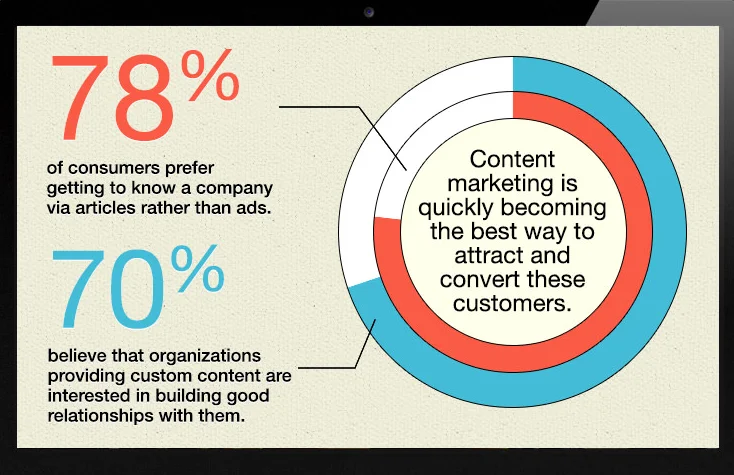
LYFE Marketing
Step 1: Research Your Audience
Before you dive into creating content, you need to know who you’re talking to. Without understanding your target audience, even the most well-crafted piece of content won’t hit the mark. Researching your audience helps you define their needs, preferences, and challenges, so your content can offer real value.

How to Research Your Audience
- Identify Your Ideal Customer
Start by defining your ideal customer. Who are they? What problems are they trying to solve? What stage of the customer journey are they in? Create detailed audience personas to bring these insights to life. - Leverage Tools and Data
Use tools like Google Analytics, social media insights, and surveys to uncover trends. For example:- Which blog posts or content types are performing well on your website?
- What keywords is your audience searching for?
- When is your audience most active online?
- Dive into Conversations
Look at forums, social media channels, and comment sections where your audience hangs out. What questions are they asking? What topics get them excited or frustrated? These insights are a goldmine for creating better content.
When you take the time to research your audience, you’re not just guessing what they want—you’re building your content marketing strategy on a foundation of data. This step helps you create content that resonates, builds trust, and supports your broader marketing strategy. Remember, your audience is at the heart of your content creation process. Everything else builds from here.
Step 2: Brainstorm Ideas
Once you know who your audience is, the next step is figuring out what to say to them. This is where brainstorming comes in—a crucial part of your content strategy that helps you create content that’s not only relevant but also engaging.
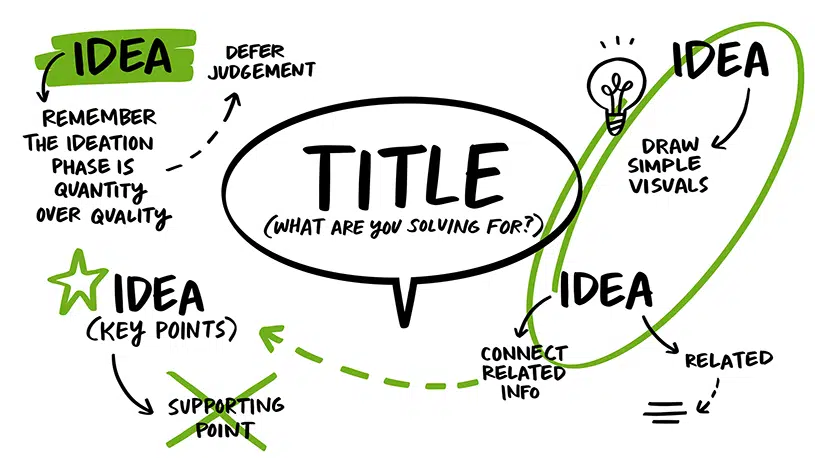
Ink Factory Studio
How to Brainstorm Effectively
- Dive Into Your Niche
Start by exploring topics that align with your audience’s interests and your expertise. Check what’s trending in your industry or look for content gaps your competitors aren’t addressing. This approach ensures your content marketing efforts stand out. - Leverage Tools for Inspiration
Use tools like:- AnswerThePublic: Find out what questions people are asking in your niche.
- BuzzSumo: Analyze which content types are performing well on social media.
- Keyword research tools: Discover the terms your audience is searching for, and build ideas around those keywords.
- Collaborate With Your Team
Get your content creation team together for a brainstorming session. Multiple perspectives can help generate fresh, creative ideas. Whether it’s case studies, how-to guides, or social media content, every team member brings a unique angle.
Pro Tip: Topic Clustering Group related topics into clusters to create a more organized content strategy. For instance, if your audience is interested in SEO, you could create clusters around keyword research, on-page SEO, and content optimization. This technique improves your site’s search engine visibility and keeps readers engaged.
Brainstorming isn’t just about coming up with ideas—it’s about creating a roadmap for successful content marketing. By aligning your content with audience needs and industry trends, you’ll consistently produce better content that delivers value.
Step 3: Create a Content Calendar
Having a brilliant idea is one thing—turning it into a steady flow of content is another. This is where a content calendar comes in. It’s your guide to planning, organizing, and scheduling your content creation efforts so you never miss a beat.
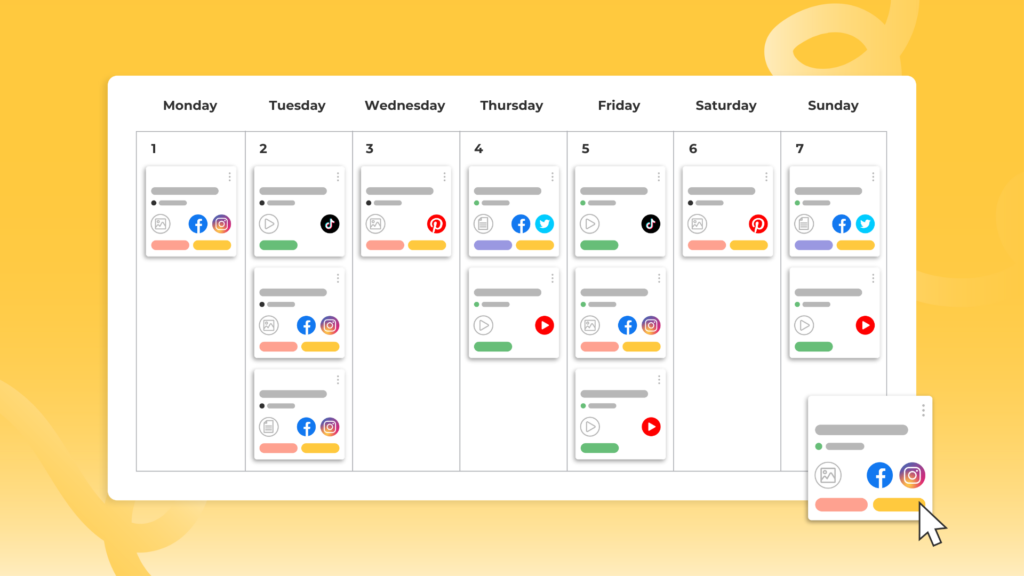
How to Create a Content Calendar
- Define Your Goals and Themes
Start by outlining what you want to achieve with your content marketing strategy. Are you driving traffic, building brand awareness, or converting leads? From there, assign themes or topics for each week or month to keep your messaging consistent. - Plan Content Around Key Dates
Align your content with important dates, like holidays, product launches, or industry events. For example, if you’re in digital marketing, you might plan a post on “SEO Trends” at the start of the year. - Use Tools to Streamline the Process
Tools like Asana, Trello, or Google Sheets make it easy to organize your content. Here’s what to include in your calendar:- Content type: Blog post, case study, social media content, etc.
- Deadlines: Keep everyone on track.
- Publishing platform: Website, social media, email newsletter, etc.
- Build a Balanced Content Mix
Include different types of content in your calendar to keep your audience engaged. For example:- Educational (e.g., how-to guides, tutorials)
- Entertaining (e.g., relatable memes, videos)
- Promotional (e.g., product highlights, sales announcements)
A well-organized content calendar ensures that your team can stay consistent, save time, and create better content. It allows you to align your content marketing efforts with your broader marketing strategy while keeping track of deadlines and campaigns.
Pro Tip: A consistent publishing schedule builds trust with your audience. They’ll know when to expect your powerful content, which increases engagement over time.
Step 4: Write and Design Content
Now comes the exciting part—turning your ideas into engaging, effective content. Writing and designing content isn’t just about putting words on a page; it’s about crafting something that grabs attention, provides value, and connects with your audience. This is the heart of any content marketing strategy.
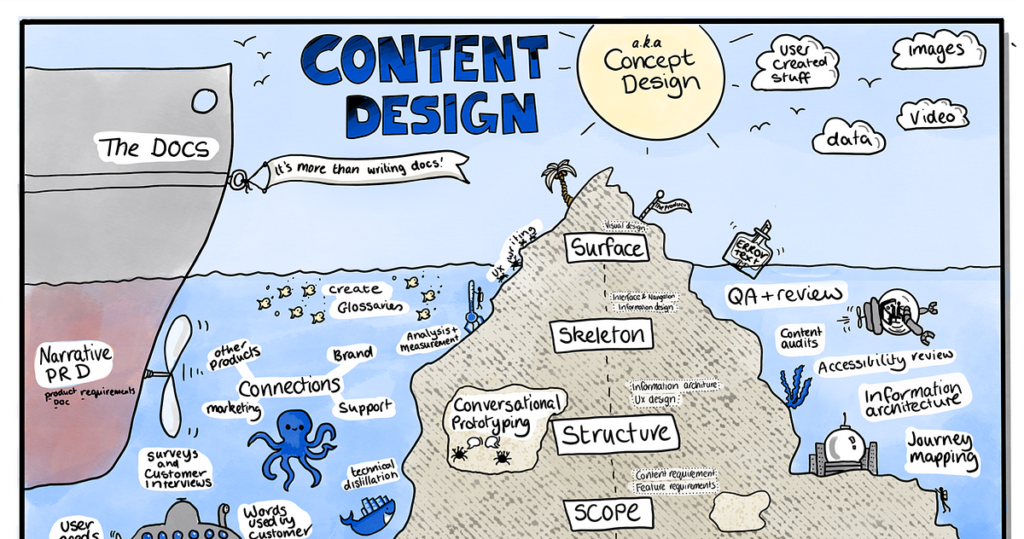
Medium
How to Write and Design Great Content
- Start with a Clear Objective
Before writing, ask yourself: What do I want this piece of content to achieve? Whether it’s educating your audience, solving a problem, or inspiring action, your content should have a clear goal. - Follow the AIDA Formula
Use the AIDA model to structure your content:- Attention: Hook your reader with a compelling headline or opening.
- Interest: Share relatable or intriguing information to keep them engaged.
- Desire: Highlight how your content solves their problem or meets their need.
- Action: End with a strong CTA (e.g., “Download Now,” “Subscribe Here”).
- Incorporate SEO Best Practices
- Include your keywords naturally in headings, subheadings, and body text.
- Optimize meta descriptions and image alt text to improve your search engine ranking.
- Use semantic variations of your main keywords to align with search engine algorithms.
- Design for Visual Appeal
- Break up text with bullet points, subheadings, and white space to improve readability.
- Add visuals like infographics, charts, or photos to support your points.
- Use web design principles to ensure your content looks professional and engaging.
- Tailor Content to Its Platform
Not all content is created equal. A blog post has different formatting needs than social media content. Optimize your design and tone for the platform where the content will live.
Your audience doesn’t just want content—they want strong content that’s easy to read, visually appealing, and solves their problems. Well-crafted content builds trust and keeps your readers coming back for more.
Pro Tip: Invest in quality visuals and polished writing. High-quality, better content is more likely to boost engagement, drive traffic, and support your marketing strategy.
Step 5: Edit and Proofread
Even the most powerful content can lose its impact if it’s riddled with errors or lacks flow. Editing and proofreading are non-negotiable steps in your content creation process. This is where you refine your ideas, enhance clarity, and ensure your content aligns with your content marketing strategy.

How to Edit and Proofread Like a Pro
- Start with the Big Picture
- Define the Purpose: Does the content fulfill its intended goal? For example, is your blog post informative and actionable?
- Check for Structure: Ensure your content flows logically. Break it into sections with clear headings and subheadings to guide the reader.
- Refine for Clarity and Engagement
- Use concise language—avoid unnecessary jargon or overly complex sentences.
- Replace generic phrases with specific, actionable language. Instead of saying “improve your marketing,” try “boost engagement with a strategic content calendar.”
- Look for SEO Optimization Opportunities
- Double-check that your keywords are naturally integrated throughout the content.
- Ensure meta descriptions and headers reflect key terms like content strategy, effective content, or marketing strategy.
- Verify that internal and external links are relevant and functional.
- Proofread for Accuracy
- Use tools like Grammarly or Hemingway App to catch grammatical and stylistic errors.
- Manually review for context-specific issues—sometimes, automated tools miss nuances.
- Read your content aloud to identify awkward phrasing or inconsistent tone.
- Get a Second Opinion
- If you have a content creation team, ask a team member to review your work. A fresh pair of eyes can catch issues you might overlook.
- Encourage feedback on how the content aligns with your brand voice and marketing strategy.
Polished content signals professionalism and credibility, which helps build trust with your audience. Editing and proofreading also ensure that your content delivers on the promise of value, aligning perfectly with your content marketing efforts.
Pro Tip: Don’t rush this step. Taking the time to polish your content will go a long way in creating better content that resonates with your audience and strengthens your marketing strategy.
Step 6: Publish Strategically
Publishing content isn’t just about hitting “Post.” Strategic publishing ensures that your content creation efforts reach the right people at the right time, amplifying your content marketing strategy. It’s about making sure your hard work gets the attention it deserves.
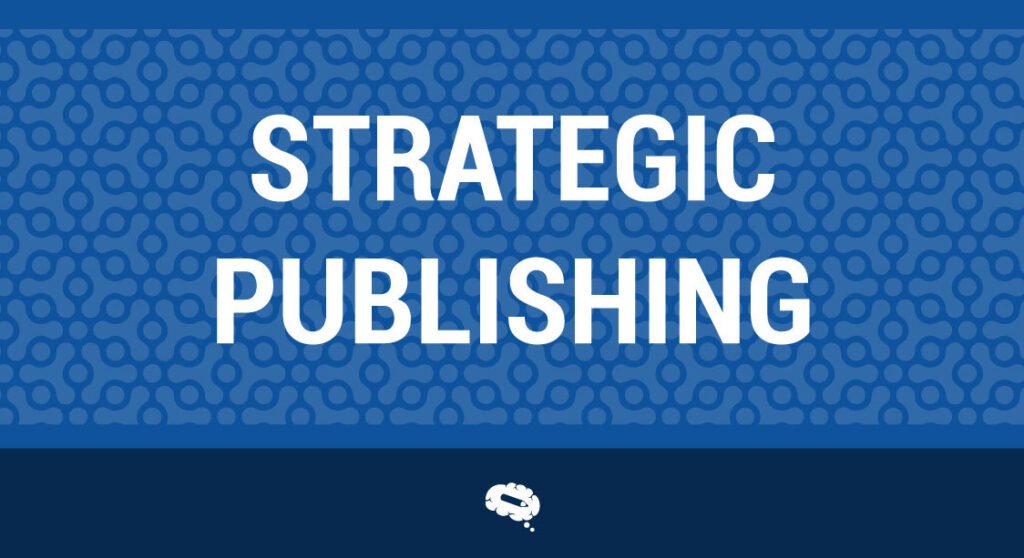
Mind the Graph
How to Publish Strategically
- Choose the Right Platforms
- Identify where your target audience spends time online. Are they reading blog posts, scrolling through social media, or searching for solutions on YouTube?
- Tailor your content to the platform. For instance, a long-form blog post works for your website, while a visually striking summary might work better on Instagram.
- Publish at the Optimal Time
- Analyze audience activity patterns to decide the best time to post. For example, if your audience is active on LinkedIn during weekday mornings, schedule your content accordingly.
- Use social media scheduling tools like Buffer or Hootsuite to automate and optimize your publishing schedule.
- Optimize for Each Channel
- Customize titles, descriptions, and visuals for every platform. A headline that works on your blog might need tweaking for Twitter.
- Don’t forget to include strong CTAs (calls-to-action) like “Subscribe to our newsletter” or “Download the guide” to guide readers through the customer journey.
- Promote Across Multiple Channels
- Use email newsletters, social media posts, and even paid ads to maximize reach.
- Repurpose content for different platforms—for example, turn a blog post into an infographic or video.
- Track and Monitor Performance
- Use tools like Google Analytics or built-in social media dashboards to track key metrics like clicks, views, and engagement.
- Pay attention to which platforms and posting times generate the most traction and adjust your strategy accordingly.
Publishing strategically ensures that your content doesn’t just exist—it works. Whether it’s blog posts, social media updates, or email campaigns, strategic publishing maximizes the ROI of your content marketing efforts and reinforces your marketing strategy.
Pro Tip: Don’t treat publishing as the final step. Think of it as part of a larger process that includes promotion, interaction, and ongoing analysis.
Step 7: Analyze and Optimize
Publishing is just the beginning. To make your content marketing strategy truly effective, you need to analyze performance and use those insights to improve. This step ensures that your content creation efforts keep evolving and delivering results.
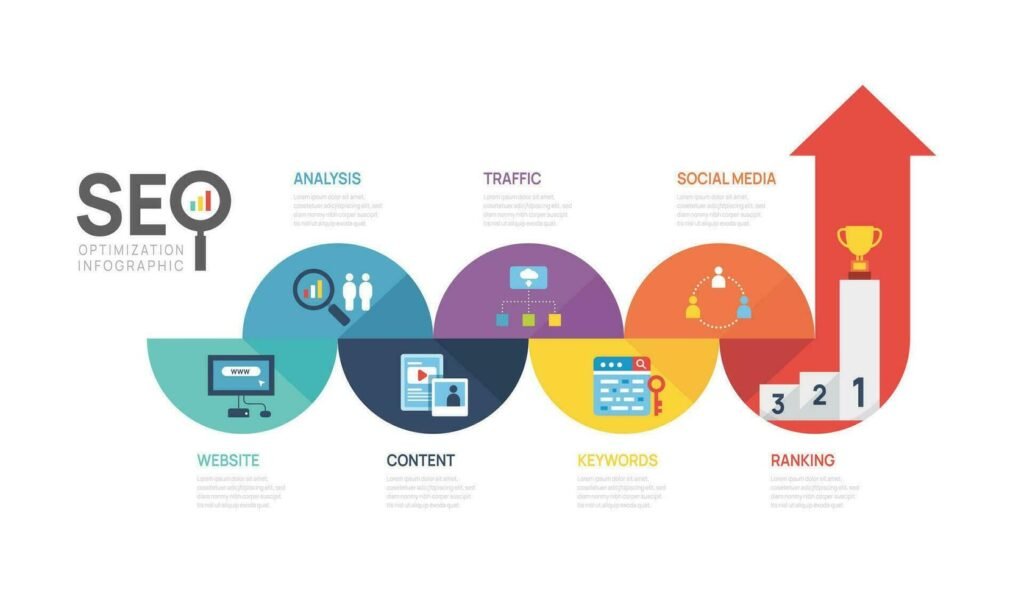
How to Analyze and Optimize
- Track Key Metrics
Use tools like Google Analytics, Ahrefs, or social media insights to measure:- Traffic: How many people are visiting your content?
- Engagement: Are readers spending time on the page, clicking links, or leaving comments?
- Conversions: How well is your content driving desired actions, like signups or purchases?
- Evaluate What’s Working
- Identify which types of content resonate most with your audience. For example, are how-to guides performing better than case studies?
- Look at engagement by platform—are certain channels outperforming others?
- Refresh and Repurpose Content
- Update old content with new keywords, data, or visuals to keep it relevant.
- Repurpose high-performing content into different formats. For example, turn a blog post into a webinar, infographic, or social media series.
- A/B Test and Experiment
- Test different headlines, CTAs, or formats to see what drives the best results.
- Experiment with posting times or content lengths to find what works for your audience.
- Gather Feedback
- Use surveys or comments to understand what your audience likes or what they’d like to see more of.
- Involve your content creation team in brainstorming how to refine your approach based on these insights.
The digital world changes fast. What worked last month might not work today. By continuously analyzing and optimizing, you’ll ensure your content marketing efforts stay relevant, impactful, and aligned with your broader marketing strategy.
Pro Tip: Regular optimization not only boosts content performance but also saves time in the long run. Instead of creating new content from scratch, you can breathe new life into what you already have.
You’ve now mastered the 7 steps to effortless content creation. From understanding your audience to refining your strategy, this process sets you up for consistent success. Remember, great content isn’t just about creativity—it’s about strategy, analysis, and continuous improvement.
Frequently Asked Questions (FAQs)
Q1: What is the best way to start a content marketing strategy?
A: Start by researching your target audience and defining clear goals. From there, brainstorm content ideas and build a content calendar to organize your efforts.
Q2: How often should I publish content?
A: The frequency depends on your audience and resources. Focus on quality over quantity—publishing better content less often can be more effective than churning out mediocre posts.
Q3: How do I measure the success of my content marketing strategy?
A: Use metrics like traffic, engagement rates, and conversions. Tools like Google Analytics and social media dashboards can help you track these insights.
Q4: How can I create content if I don’t have a team?
A: Start small by focusing on one type of content that aligns with your goals. Use tools like Canva for visuals or Grammarly for proofreading to make the process easier.
Q5: Why isn’t my content performing well?
A: Poor performance could stem from a lack of audience research, inconsistent publishing, or weak promotion. Revisit your content strategy to identify and fix these gaps.
Disclosure: Our blog contains affiliate links to products. We may receive a commission for purchases made through these links. However, this does not impact our reviews and comparisons. We try our best to keep things fair and balanced, in order to help you make the best choice for you.






